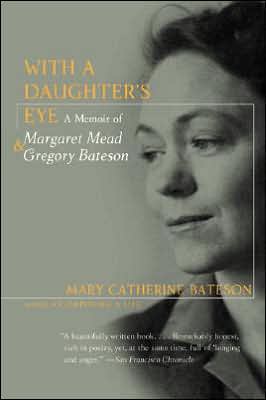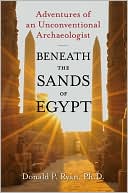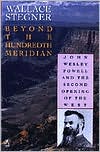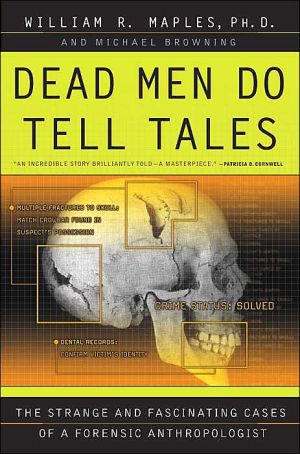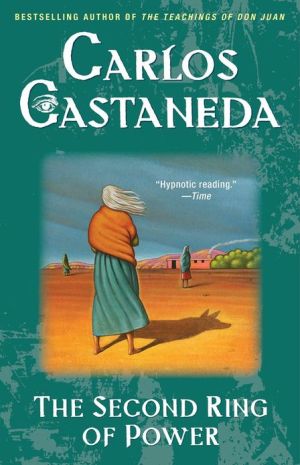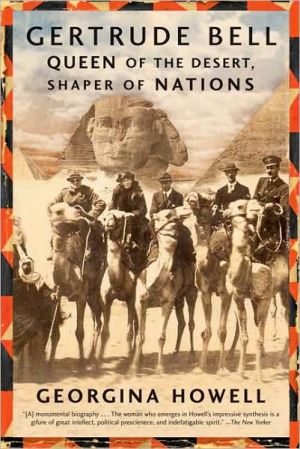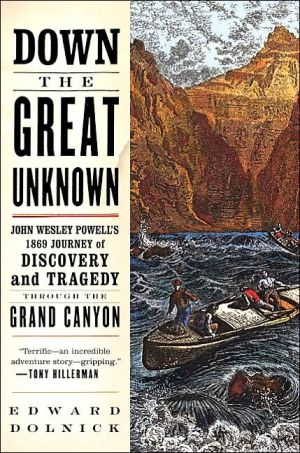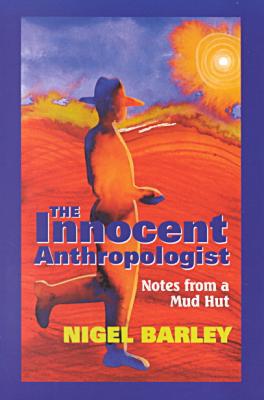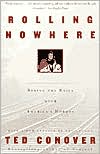With a Daughter's Eye: A Memoir of Margaret Mead and Gregory Bateson
In With a Daughter's Eye, writer and cultural anthropologist Mary Catherine Bateson looks back on her extraordinary childhood with two of the world's legendary anthropologists, Margaret Mead and Gregory Bateson. This deeply human and illuminating portrait sheds new light on her parents' prodigious achievements and stands alone as an important contribution for scholars of Mead and Bateson. But for readers everywhere, this engaging, poignant, and powerful book is first and foremost a singularly...
Search in google:
Previous editions are cited in Books for College Libraries, 3rd ed. Readers interested in Margaret Mead will enjoy her daughter, Bateson's (anthropology and English, George Mason U., Fairfax, Virginia) autobiography, newly reprinted and affordable in paperback. Bateson writes with candor and thoughtfulness as she reminisces of the foreign lands in which she lived, the curious life of being raised by scientists, and above all, the large personality of Mead. Annotation © Book News, Inc., Portland, OR Natural History [A]n utter absorbing account of Mead and Bateson's relationship...[This] book is clearly a classic.
Prologue\ \ \ The Aquarium and the Globe\ \ \ \ My parents, Gregory Bateson and Margaret Mead, were scientists and teachers, not only in the wider community in which they worked and published, each becoming famous in different ways and touching many lives, but in the domestic circles of family and friendship as well. For them, the intimate was projected onto the widest screen, even as knowledge from far places was worked into the decisions of everyday life. The minds of both sought patterns of completeness, wholes, and so they thought of worlds entire, whether these worlds were minute images of microscopic life within a drop of water or the planet wreathed in cloud.\ They thought of worlds and drew me into them. There were worlds to be built and worlds to be imagined, worlds to be held and cherished in two hands and worlds of abstract argument, in spherical tautology. The small primitive societies in which each did ethnographic work were worlds of one kind, complete communities to be described and understood, but along with these there was the challenge to construct and be responsible for the wholeness of family, a world for a child to grow in, a biosphere to protect, the possibility of the bright sphere shattered. Growing up was a passage from the microcosm, a motion through concentric metaphors. Even in the smallest of shared spaces a camera or a notebook stood for a possible opening up to the macrocosm.\ A child moves out through concentric worlds even with her first steps, but whether these worlds are encountered as wholes or as fragments and whether they provide an entry to other spheres of imagination and experiencedepend on how they are presented, how attention is gradually shaped and the cosmos gradually unfolded.\ In Holderness, New Hampshire, where we spent many summers, a long field runs down toward the lake. At the bottom, just short of the strip of woods that shields the shore, there lies a broad patch of springy moss, like a bright green eiderdown spread out under the trees. This was a place my mother had picked to be alone with me in counterpoint to the large household in which we stayed. We used to wander there for an hour or so, especially in the early morning. Sometimes we found spiderwebs stretched flat above the moss between protruding grass stems, with dewdrops still shining on them. These she showed to me as fairy tablecloths, the damask spun by tiny fingers, with crystal goblets and silver plates still spread out, for the feckless fairies went off to sleep at dawn without cleaning up. Then she showed me red-tipped lichens as small as a pinhead-fairy rosesand searching along the ground we found their serving bowls, the bases of acorns.\ My great-grandmother had taught my mother how to identify and draw all the plants of her Pennsylvania childhood, but for me the flowers had only colloquial names and were lenses of fantasy: Indian paintbrush, black-eyed Susan, milkweek, Jack-in-the-pulpit. "I know," she sang, "where the fringed gentians grow."\ My father had the English habit of latinizing in the woods or in the garden. The intricacies he showed me between the grass stems were of another sort, perhaps a beetle or a moth living out quite different dramas. When I look at the field with his eyes, I see it as a series of complex symmetries and relationships, in which the position of the spiderweb above the moss hints at the pathways of foraging insects. The petals of daisies can be used to count -- "He loves me, he loves me not" -- because they are not true petals but flowerets -- otherwise their number would be set in the precise morphology of the flowering plants.\ "Once upon a time," my mother would narrate as the sun moved higher in the sky, "in the kingdom between the grass stems, there lived a king and a queen who had three daughters. The eldest was tall and golden-haired and laughing, the second was bold and raven-haired. But the youngest was gray-eyed and gentle, walking apart and dreaming." The story varies but the pattern remains the same, woven from the grass of the meadow and the fears and longing of generations. For this king and queen lived in no anarchic world, but in a world of rhythm and just symmetries. Their labors, quests, and loves grew out of each other with the same elegance that connects the parts of a flowering plant and its cycles of growth. At their court, as at the fairies' banquets, crystal goblets and courtly etiquette reflected a social order. Prince and princess find one another in a world of due peril and challenge and happiness ever after. The flower is pollinated, seed is formed, scattered, and germinated. Look! The silk in the milkweed pods is what the fairies use to stuff their mattresses. Blow on the dandelion down to make a wish, anticipating the wind. Pause in the middle of fantasy to see the natural world as fragile and precious, threatened as well as caressed by human dreaming.\ Worlds can be found by a child and an adult bending down and looking together under the grass stems or at the skittering crabs in a tidal pool. They can be spun from the stuff of fantasy and tradition. And they can be handled and changed, created in little from all sorts of materials. On a coffee table in the center of our living room, which often held toys and projects of mine, I constructed a series of worlds on trays. One of these was meant to depict a natural landscape, built up from rocks and soil, with colored sand and tinted strawflowers set into it. Another was inspired by a book my father had read to me in which a child constructs a city with cups, dishes, and utensils from the kitchen and then visits it in his dreams. My mother, in that same period, was...\ With a Daughter's Eye. Copyright © by Mary C. Bateson. Reprinted by permission of HarperCollins Publishers, Inc. All rights reserved. Available now wherever books are sold.
AcknowledgmentsxiPreface to the 1994 HarperPerennial EditionxvI.Prologue: The Aquarium and the Globe3II.Baby Pictures11III.A Household Common and Uncommon37IV."Daddy, Teach Me Something"53V.Coming of Age in New York71VI.One White Glove and the Sound of One Hand Clapping101VII.Away from This Familiar Land123VIII.Sharing a Life145IX.Sex and Temperament163X.Parables183XI.Participant Observers207XII.Our Own Metaphor227XIII.Chere Collegue249XIV.Steps to Death269XV.Epilogue: And Part and Meet Again289References and Sources307Selected Bibliography309Notes313
\ Natural History[A]n utter absorbing account of Mead and Bateson's relationship...[This] book is clearly a classic.\ \ \ \ \ San Francisco ChronicleA beautifully written book...Remarkably honest, rich in poetry, yet, at the same time, full of 'longing and anger.'\ \
